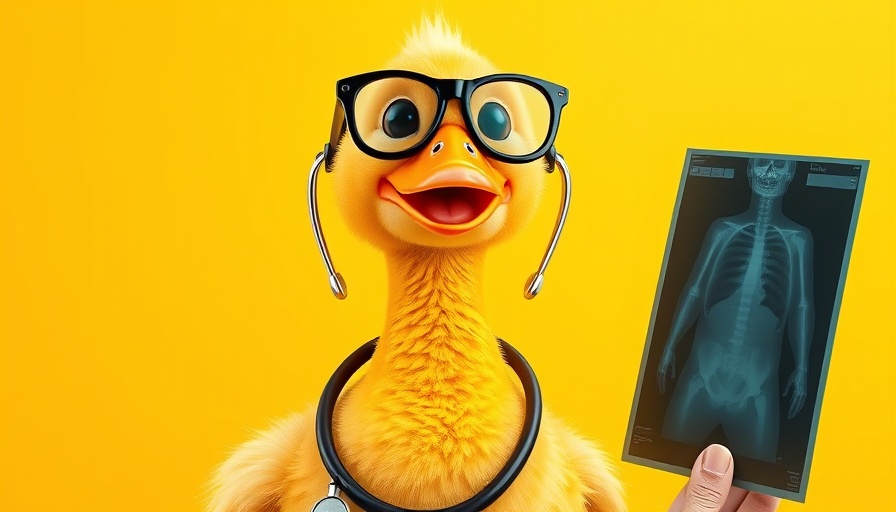
The Rise of AI: A Double-Edged Sword for Developers
As AI technology becomes an integral part of software development, debates surrounding the role of developers intensify. Many argue that increasing reliance on AI tools will diminish the importance of human coders. However, evidence suggests the opposite: the future of software development may prioritize the skills and judgment of developers even more than before.
The Dangers of Complacency in Code
Recent research from GitClear reveals troubling trends associated with AI coding assistants. Although they simplify coding tasks, they have also led to a surge in 'code churn.' As developers increasingly rely on AI-generated code, they may neglect the crucial steps of refactoring and testing, ultimately resulting in more errors and increased costs. This raises a critical question: can we afford to become complacent in a landscape where maintaining quality is paramount?
AI as a Tool, Not a Replacement
Despite the pitfalls, AI is not an enemy in software development; it can be a servant in the hands of skilled developers. Tools like Cursor and Cline exemplify how AI can enhance human capabilities, enabling coders to streamline tasks through intuitive prompts. This partnership could empower developers, allowing them to focus on critical thinking and innovating rather than getting bogged down in repetitive coding tasks.
Future Implications for Software Development
The industry stands at a crossroads. Will developers embrace AI to elevate their work, or will they risk their skills becoming obsolete? As AI continues to evolve, one thing is certain: the decisions made today regarding the role of technology in coding will shape the landscape of programming in the years to come.
In an era where tech rapidly influences every sector, understanding the balance between automation and human input is more crucial than ever. Developers must remain proactive, harnessing AI as a tool rather than being limited by it. The future of software development lies not in replacing human intelligence with machines but in enhancing it through symbiosis.
 Add Row
Add Row  Add
Add 




Write A Comment